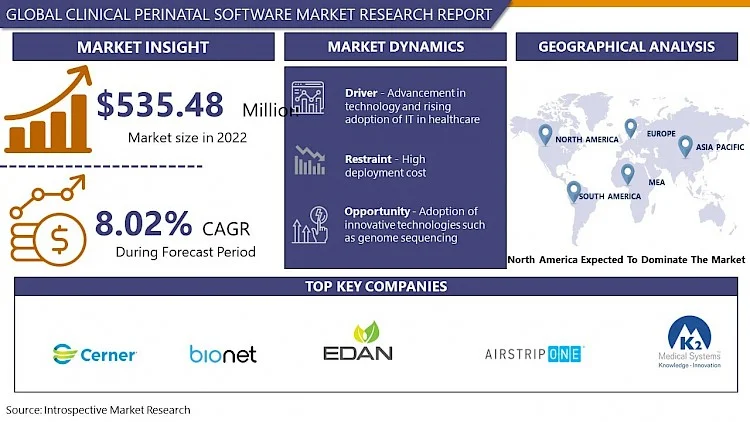إعلان مُمول
Beginner’s Guide to Sustainable Procurement: Innovation, Net-Zero Goals, and the Future of Supply Chains

Sustainability has shifted from being an optional initiative to a core business strategy. Organizations worldwide are under growing pressure to reduce emissions, source responsibly, and align operations with global net-zero goals. Procurement, once viewed mainly as a cost-driven function, has now emerged as a crucial driver of sustainability.
This beginner’s guide explains the fundamentals of Sustainable procurement , why it matters, and how it is reshaping industries like automotive, manufacturing, and cleantech. We’ll also explore how GainEdge is helping organizations embrace responsible procurement practices, innovation roadmaps, and collaborative strategies to decarbonize supply chains.
1. Understanding Sustainable Procurement
At its simplest, sustainable procurement is the practice of sourcing goods and services in a way that delivers value while minimizing negative environmental, social, and ethical impacts. Unlike traditional procurement, which prioritizes cost savings and operational efficiency, sustainable procurement integrates environmental, social, and governance (ESG) principles into every decision.
Key aspects include:
-
Environmental: Reducing carbon footprint, promoting recyclable or biodegradable materials, and supporting circular economy models.
-
Social: Enforcing fair labor practices, supporting diversity in supplier networks, and preventing child or forced labor.
-
Economic: Shifting focus from short-term costs to long-term value and resilience.
-
Governance: Ensuring transparency, anti-corruption measures, and compliance with global standards.
For beginners, it helps to think of sustainable procurement as “responsible purchasing” that aligns business objectives with the broader need to protect people and the planet.
2. Why Sustainable Procurement Is Essential
The urgency of climate change, combined with stricter regulations and heightened consumer awareness, makes sustainable procurement indispensable. Businesses that embed sustainability into procurement gain several advantages:
-
Risk Reduction: Companies reduce exposure to regulatory penalties, supply chain disruptions, and reputational damage.
-
Market Competitiveness: Customers increasingly prefer brands that commit to ethical and eco-friendly practices.
-
Innovation: Shifting to low-carbon and upcycled materials drives innovation in product design and supply chain efficiency.
-
Resilience: Organizations build stronger supplier ecosystems capable of withstanding disruptions like resource scarcity or global crises.
In short, sustainable procurement is no longer a “nice-to-have.” It is a survival strategy for modern businesses.
3. Spotlight on Sustainable Procurement in Automotive
The automotive industry is a prime example of how sustainability can transform procurement. With the global push toward electric vehicles (EVs), clean energy adoption, and reduced emissions, sustainable procurement in automotive has become a cornerstone of industry strategy.
Here’s how it’s applied:
-
Low-Carbon Materials: Automakers are sourcing lightweight metals, recycled plastics, and biodegradable alternatives.
-
Circular Economy Practices: Old car parts and EV batteries are refurbished, reused, or recycled to reduce lifecycle waste.
-
Supplier Collaboration: OEMs (Original Equipment Manufacturers) require suppliers to meet ESG standards, ensuring ethical labor and carbon reduction commitments.
-
Emission Tracking: Automakers are actively measuring scope 3 emissions across global supply chains to meet net-zero targets.
For the automotive industry, sustainable procurement isn’t just about compliance. It’s about leading the future of green mobility while staying competitive in a rapidly changing market.
4. GainEdge’s Role in Enabling Sustainable Procurement
Shifting to sustainable procurement can be complex, especially for large organizations with vast supplier networks. This is where GainEdge steps in, offering specialized consulting and digital solutions to embed sustainability into procurement operations.
Strategic Sourcing and Supplier Development
GainEdge works across industries—including manufacturing, oil and gas, automotive, renewables, and cleantech—to refine procurement practices. By evaluating suppliers based on ESG standards and providing training, GainEdge helps companies build ethical and sustainable supplier networks.
Innovation Roadmaps
The firm designs strategies that focus on sustainability, resilience, and future-readiness. These roadmaps often integrate cleantech adoption, digital transformation, and data-driven decision-making to ensure procurement aligns with long-term sustainability goals.
Smart Procurement
By leveraging AI and deep-tech platforms, GainEdge optimizes sourcing cycles, reduces costs, and improves supplier performance. At the same time, ESG metrics such as emissions and recyclability are built into procurement decisions.
5. Core Focus Areas in Sustainable Procurement
GainEdge’s approach to sustainable procurement is built around three core focus areas:
-
Low-Carbon Materials: Helping organizations track, source, and adopt biodegradable, upcycled, and eco-friendly materials. This reduces reliance on high-carbon inputs and drives innovation in product design.
-
Circular Economy: Supporting businesses in reusing, refurbishing, and recycling materials to minimize waste and extend product life cycles.
-
Supplier Networks: Building collaborative ecosystems that promote efficient recycling infrastructure and cut down scope 3 emissions.
These focus areas are particularly relevant to industries like automotive and manufacturing, where material choices and supply chain practices directly influence emissions and compliance outcomes.
6. Collaboration and Partnerships for Net-Zero Goals
Sustainable procurement cannot be achieved in isolation. It requires collaboration across industries, suppliers, and innovation ecosystems. GainEdge emphasizes partnerships to accelerate the journey to net-zero.
Co-Designing Solutions
GainEdge works closely with clients to co-create practical and science-based procurement plans. This ensures strategies are actionable and measurable.
Strategic Advisory and Training
Beyond project design, GainEdge provides continuous guidance, knowledge-sharing, and training on emerging technologies, sustainability frameworks, and procurement innovation.
Connecting Ecosystems
The firm also links clients with startups, R&D hubs, and technology partners, enabling access to cutting-edge solutions that accelerate sustainable procurement.
Through these partnerships, businesses move beyond short-term compliance and toward long-term resilience and competitiveness.
7. Why Businesses Should Act Now
The path to sustainability is not just about meeting regulations; it is about staying relevant in an increasingly eco-conscious marketplace. Businesses that delay adopting sustainable procurement risk falling behind competitors, facing penalties, and losing consumer trust.
Meanwhile, companies that embrace sustainable procurement unlock multiple benefits:
-
Enhanced efficiency and reduced costs.
-
Stronger relationships with ethical suppliers.
-
Increased investor confidence and stakeholder trust.
-
Tangible contributions to climate and sustainability goals.
The automotive industry again offers a telling example: by embedding sustainable procurement in automotive, manufacturers are setting new global standards for responsible production and driving green innovation at scale.
Conclusion: The Future of Procurement Is Sustainable
Sustainable procurement is more than a trend—it is the future of supply chains and business resilience. By integrating environmental, social, and governance principles into purchasing decisions, organizations can achieve both profitability and responsibility.
Partners like GainEdge are helping industries navigate this transformation by designing innovation roadmaps, promoting low-carbon materials, and building collaborative supplier ecosystems. For beginners, the key takeaway is clear: Sustainable procurement in automotive is not just about reducing risks—it is about creating opportunities for innovation, growth, and leadership in a net-zero economy.
Now is the time to act. Businesses that embrace sustainable procurement today will shape the industries of tomorrow.



